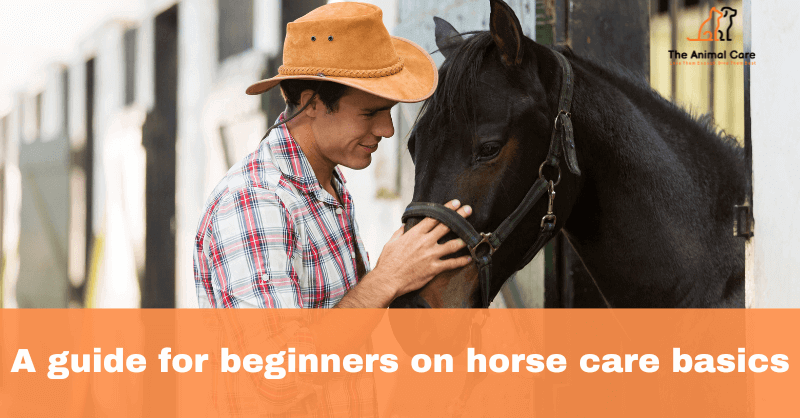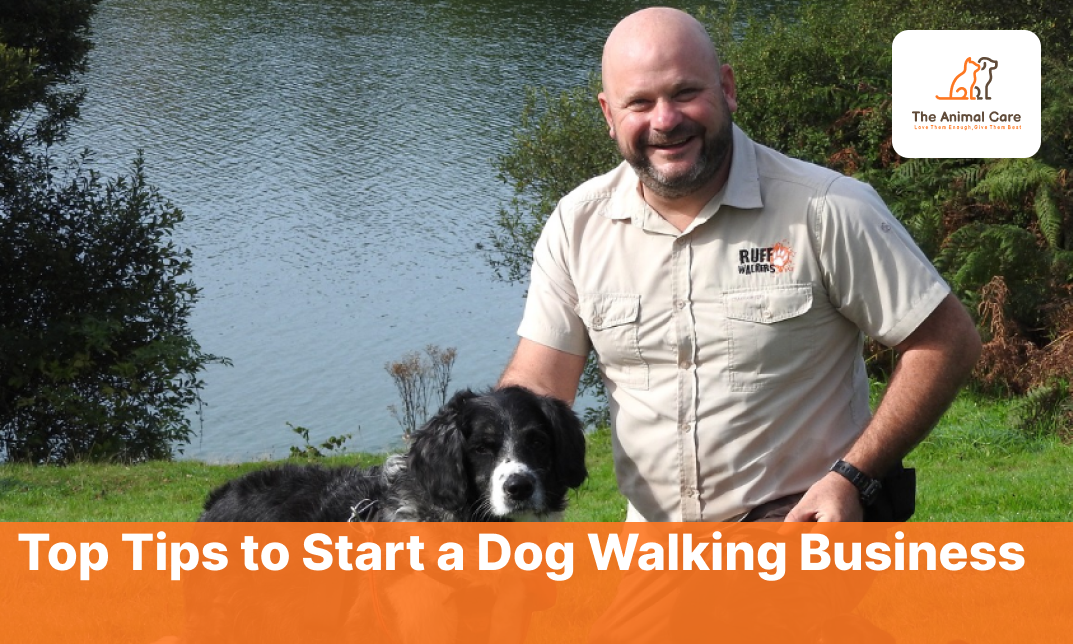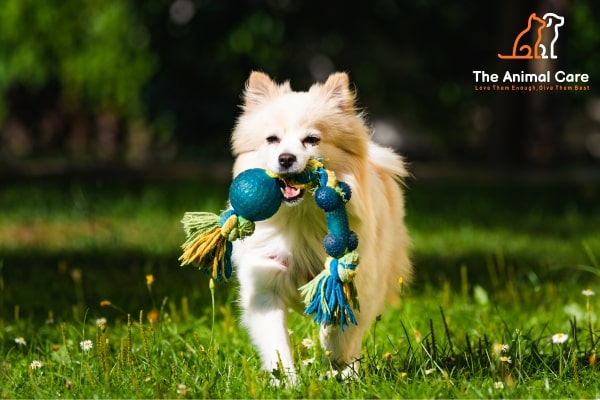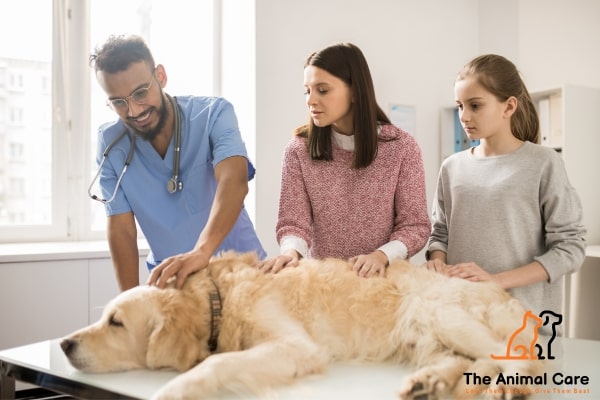
Recent Posts
Dog Treatment and Pet First Aid: Key...
June 23, 2023Top 10 High-Paying Animal Care Jobs ...
June 23, 2023
How to Be Every Dog’s Favourite Do...
June 23, 2023
A guide for beginners on horse care ...
June 23, 2023
How to Start a Dog Walking Business
June 23, 2023




0 responses on "Decoding Pet Speak: 10 Signs to Never Ignore in Your Pet Friends"